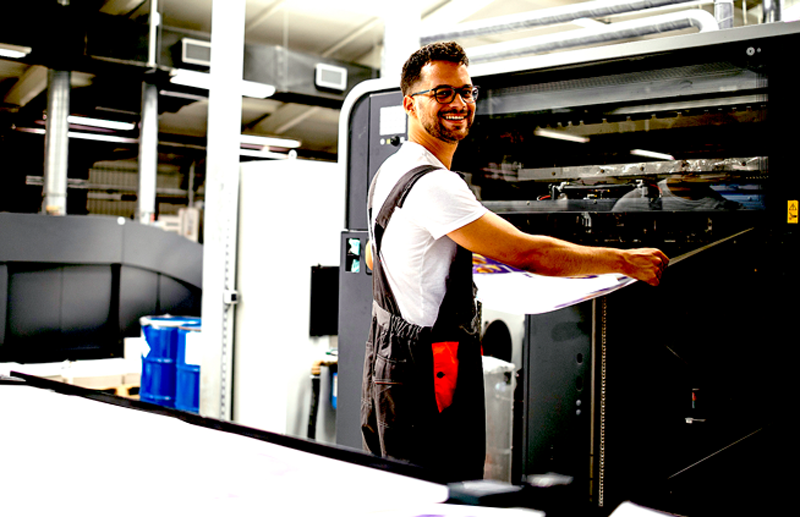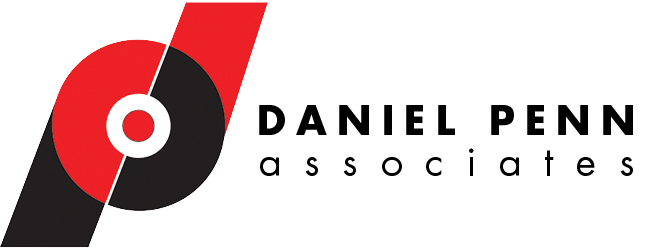
Changeover improvements help company boost machine output and reduce waste

Client
A national full-service direct marketing company.
Situation
More than 200 hours per year of downtime on the company’s six web printing machines were compromising on-time deliveries to customers.
Goal
The company’s long-term goal is to reduce overall downtime by 50%. Product changeover was the largest portion of the downtime. Employees assigned to a Kaizen team chose one of the web printing machines as a ‘pilot’ to observe and test ways to make the changeover process more efficient and faster. What they learned is being applied to improvements across all six machines.
Initial Findings
Led by DPA senior consultant Mike Beauregard, the team videotaped the make-ready process for the machine’s changeover. Their findings were numerous. The process did not include getting the printer’s ink cassettes clean and ready for the next job in a timely manner. Incoming cassettes were left dirty on the racks and cleaned just prior to being installed. Ink in the cassettes was not run-down properly, resulting in wasted ink and longer clean-up times for the ink reservoirs. Tasks were not balanced between operators. This resulted in idle time for one operator while the other operator finished a task. Because there was no standard approach to the make-ready, operators forgot a step that resulted in a parts jam and more downtime for cleanout. Not enough preventive maintenance was being done on the cassettes and presses.
Actions
Using the video documentation as their guide, the team analyzed make-ready tasks for the printing machine and created a work diagram for both operators. From the work diagram, they came up with a streamlined approach to balance operator tasks and eliminate wait times. They created standard work instructions to streamline the make-ready approach. This included specific procedures for changing cassettes, changing blankets and plates, and flushing components with clean water. This approach saves 2.5 hours per make-ready.
Mobile Tool Carts
To minimize walking distances at the press, a wheeled tool cart replaced the fixed-location tool board. To eliminate the need for two people to work on a repair, the tool cart was equipped with a vise. Tools now sit in specific cut-out positions for consistent access and storage. Incoming and outgoing operators now review the tool cart contents at shift change and formally sign off on a checklist, which goes to a supervisor for review.
After trialing the first wheeled cart and installing another cart at a second press machine, the company will install wheeled tool carts for all six press lines.
Cassette Organization
The team implemented a set-up preparation step so cassettes will be on the rack ready to go, reducing make-ready time. The company eliminated racks for no longer used cassettes. They purchased new cassette racks and organized them with signs labeling which cassettes go where.
Standard Work
The team completed documentation for standard work for the make-ready process, including:
- A 5S approach that emphasizes housekeeping, visibility, and access. This includes cleaning press areas, adding LED lightening, labeling all floor positions to show what goes where (and checking to see what is missing).
- Revision of the printing plates replacement process. Operators now locate and select replacement printing plates from the computer. This reduces the time needed to go into the pre-press area to find them.
Results
Based on improvements made for the first press machine, the rollout of the mobile tool carts, and the process and organization changes, the Average Total Time Speed (the company’s measure of productivity) for the first press has increased by 9.32% and waste has decreased 10.49%. Once the improvements have been taken plantwide, this translates into 38 million additional images the company can print each year.
Lessons Learned
What did the company’s kaizen team take away through their participation in the improvement process?
- A better understanding of the intricacies of the entire press process.
- Organization gets better results.
- Cooperation goes a long way.
- There were huge differences between how teams were performing the make-ready.
- Communication between press workers is key to speeding things up.
- The company needs to continually work to sustain their productivity gains.
_____
Mike Beauregard is an international consultant at Daniel Penn Associates.

